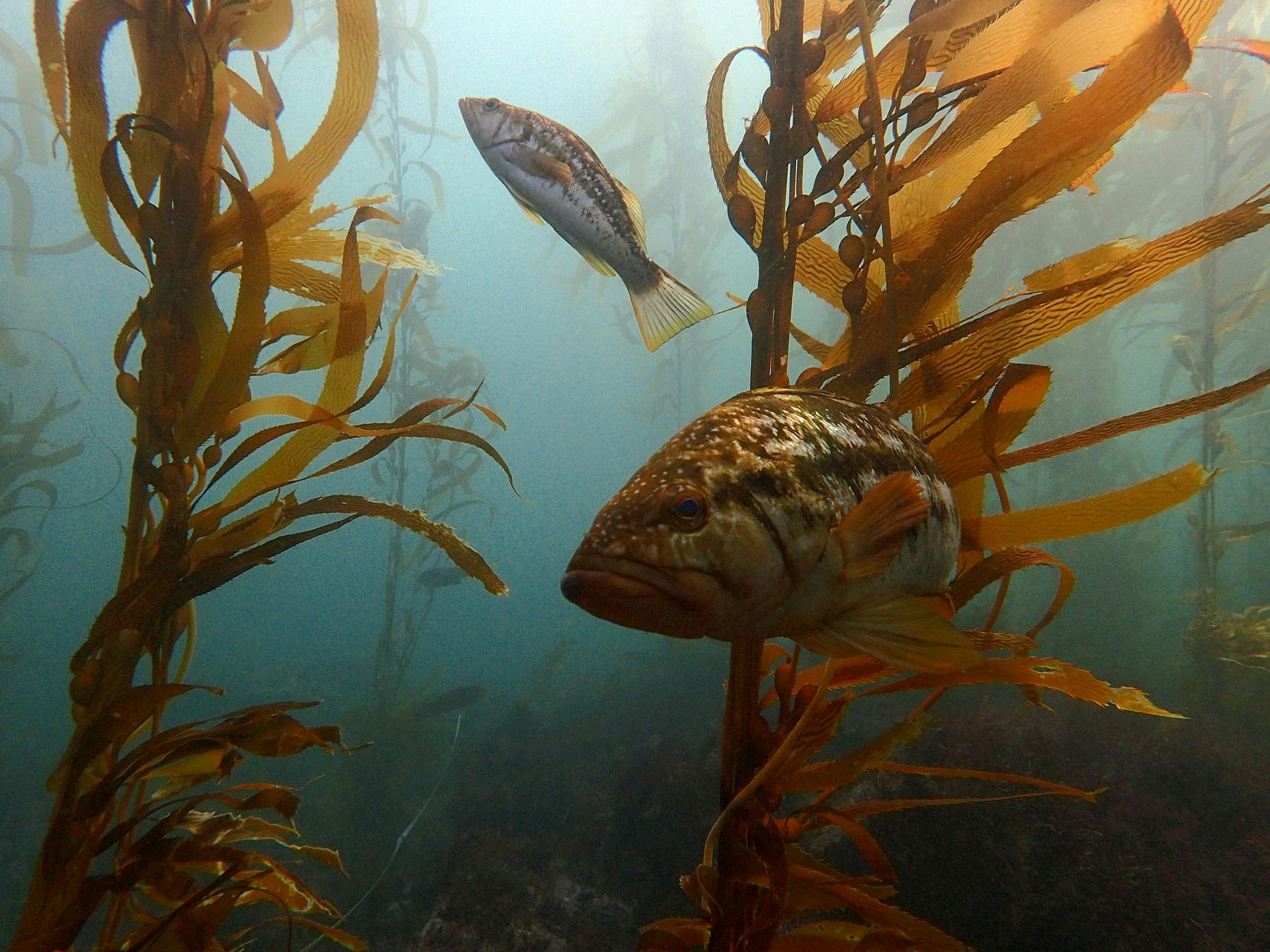The Kelp Forest Ecosystems Off the Southern California Coast Provide Habitat and Food for Over 700 Marine Species
The kelp forest ecosystems off the southern California coast are known to be some of the most diverse and productive ecosystems in the world. They are vital for providing habitat and food for over 700 marine species, including kelp bass, California spiny lobster, abalones, marine mammals, birds, and fish. Many of these kelp forest species are the targets of California’s most lucrative sport and commercial fisheries. SCUBA divers travel from around the world to experience the beauty beneath the waves.
Kelp forests also protect neighboring coastlines from erosion and pull in carbon dioxide from the ocean as they grow. Thus, kelp forests are a great way to address climate change while enriching our ocean with life. The Bay Foundation (TBF) is a world leader in the effort to restore kelp forests, supporting international partnerships, method development and technological innovation.
Project Highlights
